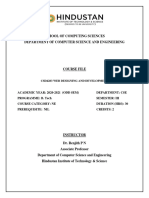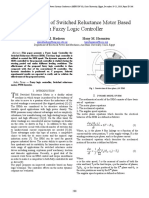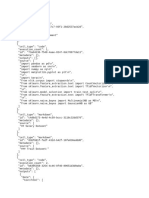0% found this document useful (0 votes)
22 views10 pagesComputer Science & Engineering
The document provides an overview of computer science and engineering including topics like software engineering, web development, programming, data science, and cyber security. It discusses these topics at a high level and provides brief explanations of their key aspects and principles.
Uploaded by
ishrakfaisal100Copyright
© © All Rights Reserved
We take content rights seriously. If you suspect this is your content, claim it here.
Available Formats
Download as PPTX, PDF, TXT or read online on Scribd
0% found this document useful (0 votes)
22 views10 pagesComputer Science & Engineering
The document provides an overview of computer science and engineering including topics like software engineering, web development, programming, data science, and cyber security. It discusses these topics at a high level and provides brief explanations of their key aspects and principles.
Uploaded by
ishrakfaisal100Copyright
© © All Rights Reserved
We take content rights seriously. If you suspect this is your content, claim it here.
Available Formats
Download as PPTX, PDF, TXT or read online on Scribd
/ 10





















































































